
Travel trends 2026: The rise of ultra-personalised journeys
19:05 | 23/03/2025 23:18 | 12/12/2025Tourism
From rice grains to industrial ambitions
At the Vietnam-Pakistan Business Forum, Pakistan’s Minister for National Food Security and Research and also Minister of Industries and Production, Rana Tanveer Hussain, drew attention when he noted that his country is now the world’s fourth-largest rice exporter.
At that moment, I recalled the “Vietnamese grain of rice” that once saved the nation from hunger after war and the “Pakistani grain of rice,” the fragrant Basmati, that has nourished millions along the Indus River. Two peoples who rose from floods, poverty, and the devastation of war now meet again, not only to trade, but to align ambitions: from a grain of rice to flight, from survival to shared growth.
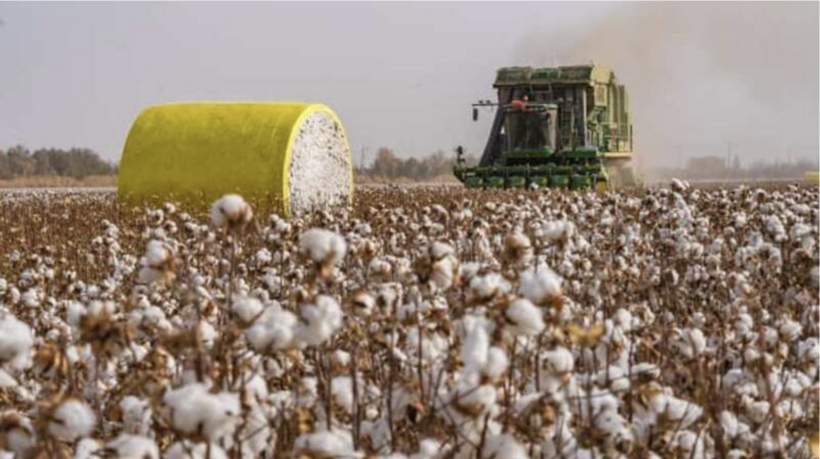
Cotton harvest in Pakistan.
Both nations began their development journeys in agriculture. Both built livelihoods on rice, cotton, leather, and other produce, dependent on sun, rain, and fertile fields. Vietnam has its white rice from the Mekong Delta; Pakistan, its fragrant Basmati from the Indus. Each has fed tens of millions, earned foreign currency, and become a symbol of national pride.
In 1986, Vietnam was still a food importer. Just a decade later, it became the world’s second-largest rice exporter. Pakistan, too, ranks among the top four globally, earning more than USD 3.5 billion each year.
From those same grains, both nations set out on the path to industrialisation:
| Key Economic Indicator (2024) | Vietnam | Pakistan | Notes |
| Nominal GDP (USD) | 469 billion | 376 billion | World Bank 2024 |
| GDP growth rate | 5.7% | 2.4% | Vietnam maintains stability |
| Population (million) | 100 | 256 | Combined ≈ 356 million |
| Key sectors | Electronics, textiles, seafood | Textiles, rice, pharmaceuticals |
Both countries understand that progress depends on reform, industrial renewal, and global integration.
Opening a new “Silk Road”
Entrepreneurs like Mr. Rabnawaz have long awaited the day an East-West Asian trade route becomes reality, as envisioned by the two Prime Ministers, who hope to expand bilateral trade tenfold. But how feasible is that, and what new opportunities will Minister Nguyen Hong Dien’s visit unlock?
His trip to Pakistan continues the proactive market-opening strategy he has pursued since the start of his tenure: rejuvenating traditional export markets like the US and China while cultivating new growth engines among the 17 FTAs Vietnam has signed and exploring untapped regions such as the Middle East, Africa, and Southern Europe.
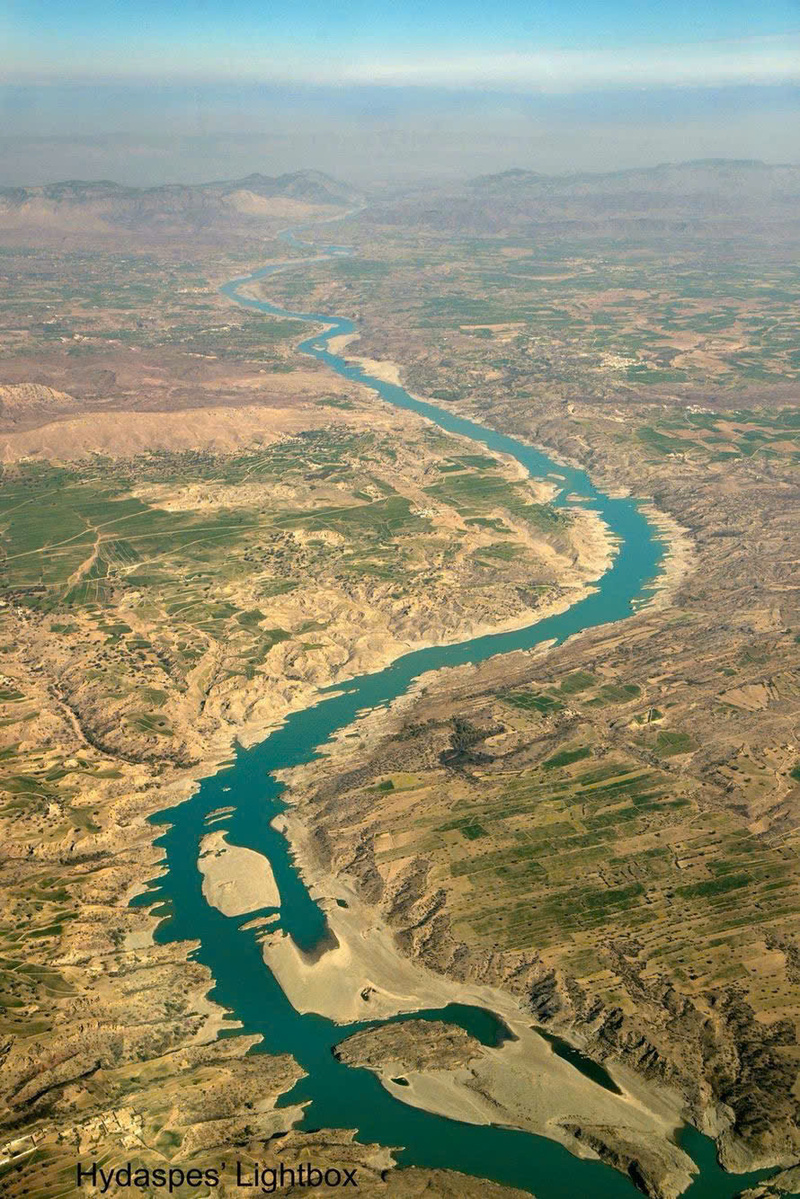
Pakistan’s economic growth zones are concentrated along the Indus River.
Pakistan, a developing economy in transition, has seen industrial growth concentrated along the Indus River in Karachi and major Punjab cities including Faisalabad, Lahore, Sialkot, Rawalpindi, and Gujranwala. Over the past decade, major connectivity projects like the China-Pakistan Economic Corridor (CPEC), launched in 2013 with USD 60 billion in Chinese investment, have become key growth drivers.
China remains Pakistan’s largest investor, accounting for 26% of FDI, followed by the US at 14%. CPEC aims to establish nine special economic zones by 2030.
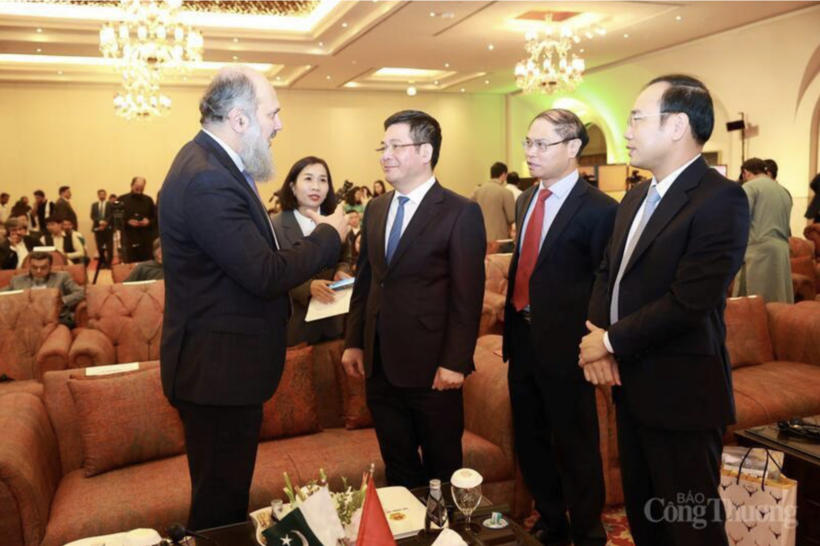
(From left to right) Pakistan’s Minister of Commerce, Minister Nguyen Hong Dien, and Vietnamese Ambassador to Pakistan Pham Anh Tuan exchange views on the sidelines of the Vietnam-Pakistan Business Forum.
In recent years, however, Pakistan has paid closer attention to strengthening ties with Vietnam. Vietnamese Ambassador to Pakistan Pham Anh Tuan noted that Pakistan was the first Muslim country in Asia to establish diplomatic relations with Vietnam. Bilateral trade rose from USD 750 million in 2023 to nearly USD 850 million in 2024, up over 20%. In the first half of 2025, trade reached USD 402 million, a year-on-year increase of 28%, showing strong and sustainable momentum.
Yet these figures remain modest compared with the two countries’ potential. With a combined population of 356 million and complementary economies bridging Southeast and South Asia, Vietnam and Pakistan can achieve far greater outcomes.
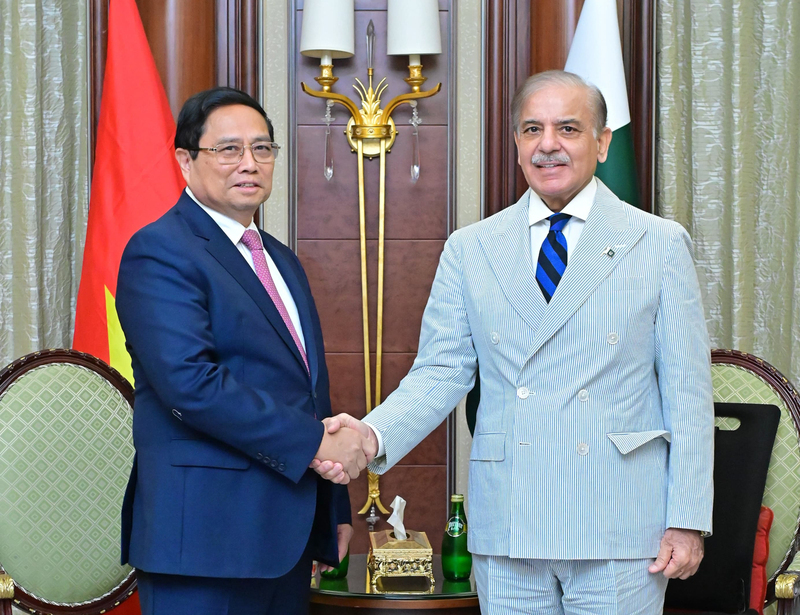
On the morning of October 30, 2024, during his official visit and attendance at the 8th Future Investment Initiative (FII) Summit in Saudi Arabia, Prime Minister Pham Minh Chinh met with Pakistan’s Prime Minister Shehbaz Sharif. Both leaders agreed that the two countries should soon raise bilateral trade turnover to USD 1 billion.
After an eight-year hiatus, the Joint Trade Committee (JTC) reconvened in Hanoi in July 2025, signaling renewed political resolve from both sides. At the 8th Future Investment Initiative (FII) in Saudi Arabia in October 2024, Prime Ministers Pham Minh Chinh and Shehbaz Sharif agreed to boost trade beyond USD 1 billion in 2025 and target several billion in the long term.
| Source of Foreign Investment (2024–2025) | Share (%) | Notes |
| China | 26 | Through CPEC (USD 60 billion) |
| United States | 14 | Mainly services, energy |
| ASEAN (including Vietnam) | ≈3 | Rapidly growing via new cooperation |
| European Union | 10 | Textiles, chemicals |
| Gulf-region countries | 12 | Energy, agriculture |
Toward a new trade architecture
In the current wave of global supply chain shifts, both Vietnam and Pakistan have emerged as appealing destinations for foreign investors. That is why Minister Nguyen Hong Dien’s visit carries historic significance.
Ambition alone is not enough; realisation requires a clear roadmap. Drawing from Vietnam’s integration experience, Minister Dien proposes negotiating a Free Trade Agreement (FTA) or Comprehensive Economic Partnership Agreement (CEPA) with Pakistan.
He brings valuable experience from the CEPA signed with the UAE - concluded in just over a year, a record pace driven by mutual benefit and urgency. The agreement opened Vietnam’s gateway to Middle Eastern and African markets, gaining global attention.
Since late 2024, Minister Dien has twice written to Pakistan’s Minister of Commerce proposing FTA or CEPA talks. Pakistan, however, prefers a two-stage approach: starting with a Preferential Trade Agreement (PTA) before moving to a full FTA.
For now, high tariffs remain a major obstacle in a fiercely competitive trading environment.
| Vietnamese Export Items | Pakistan Tariff Rate (%) | Pakistani Export Items | Vietnam Tariff Rate (%) |
| Seafood (basa fish) | 20 | Cotton fibre | 0 |
| Tea | 11 | Leather goods | 5 |
| Mobile phones, components | 44-52 | Pharmaceuticals | 3 |
| Pepper | 3 | Woven fabrics | 0 |
Shared aspirations, shared resolve
Vietnam and Pakistan have both endured war, division, and disaster and both know the price of peace. Vietnam fought for independence for more than 30 years, then overcame embargoes and hunger to rise again. Pakistan, after partition, terrorism, and repeated floods, rebuilt through faith and resilience. Both embody the enduring strength of Asia steadfast, hopeful, and forward-looking.
Vietnam aims to become a high-income industrialised nation by 2045; Pakistan plans to double its GDP by 2030 under “Vision 2025.” Their timelines differ, but their aspirations align self-reliance and prosperity. Yet three practical barriers remain: geographic distance, lack of direct flights, and high tariffs.
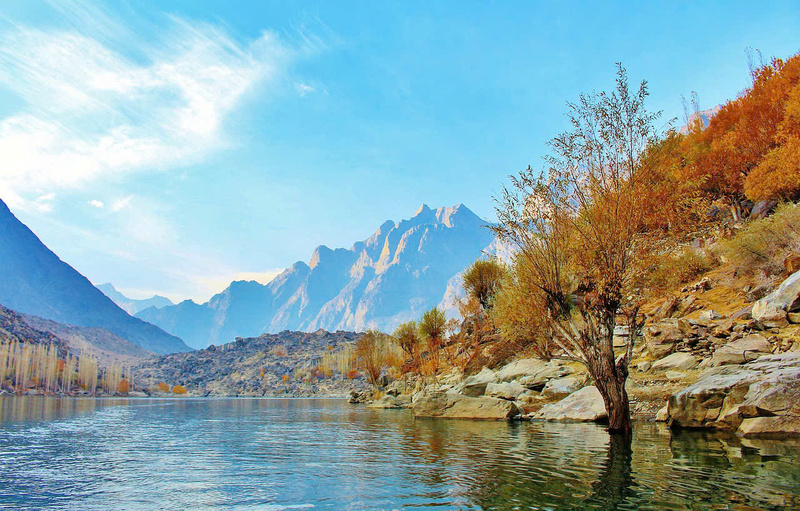
The Vietnam-Pakistan Preferential Trade Agreement (VPPTA) is expected to help reduce logistics and transportation costs in bilateral trade.
Currently, travel from Hanoi or Ho Chi Minh City to Islamabad or Karachi requires at least one layover in Dubai, Doha, Bangkok, or Kuala Lumpur taking 10-14 hours instead of 5-6 if direct flights existed. A direct Hanoi-Karachi or Ho Chi Minh City, Islamabad route could provide the first “soft push” for trade and tourism. Vietnam learned a similar lesson after launching direct flights to New Delhi, which boosted tourism and trade nearly 200% within two years.
Though two-way trade neared USD 1 billion in 2024, costs remain high due to tariffs, logistics, and Halal certification gaps many Vietnamese exports lack certification for the Pakistani market. Without a PTA, competitiveness will remain constrained.
Signing a PTA early: Time is strength
Negotiations for a Vietnam-Pakistan PTA began at the end of 2024 but have not yet been officially signed. Completing negotiations and signing in 2025 would mark a historic milestone after 53 years of diplomatic ties. It must also be clearly stated: the advancement of Vietnam-Pakistan trade is tightly linked to structural shifts in both economies.
Pakistan is one of the world’s cotton-textile powerhouses, a production hub in textiles, leather, rice, pharmaceuticals; Vietnam is ASEAN’s dynamic export machine, with engines in textiles, leather, agro-seafood and especially electronics. That complementarity has created a natural path for two-way goods: Vietnam exports tea, pepper, fibres, phones, seafood, rubber; Pakistan supplies cotton, fabrics, leather-textile-footwear input and pharmaceuticals. When Vietnam exported USD 106.8 million of tea to Pakistan in 2024, holding 87% market share there and phones and components rose 88% to USD 128.1 million, those were not just dry numbers.
These are images of containers leaving Haiphong-Cat Lai Ports, stopping in Singapore or UAE, then landing in Karachi; the sweat of packers; the customs declarations crossing many regulatory layers; the two-country entrepreneurs writing each other “OK” at midnight across blue screens. Therefore, when talking of the past two decades I often liken it to a string of grains: from “a grain of rice, a kilo of tea, a peppercorn, a coffee bean” to “a chip, a computer, a phone, high-tech components”. Vietnam has followed the outward-looking path of an economy: beginning with agriculture, moving through light industry, then leaping into electronics. Today, we have 34 export items above USD 1 billion per year a production-logistics-market picture now formed.
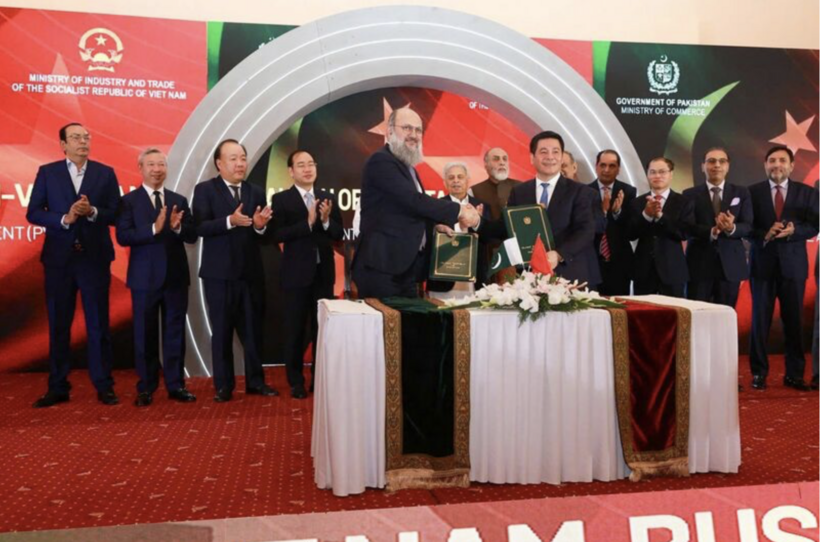
On October 14, Minister Nguyen Hong Dien and Pakistan’s Minister of Commerce Jam Kamal Khan officially signed a Joint Declaration to launch negotiations for the Vietnam-Pakistan Preferential Trade Agreement (PTA).
That launchpad allows us to enter markets like Pakistan with a “two-way legs” posture: selling our goods while buying strategic inputs to close our chains. We export quality tea, pepper, seafood; simultaneously import cotton, fabrics, leather to feed apparel and footwear production for mid- and high-end markets. We bring agricultural machinery, processing technology to you; you bring generics and pharmaceutical inputs to us. If there is a PTA, then FTA/CEPA, the “win-win two-way” trajectory will become as clear as a newly opened highway.
Many economic journalists have said: “If Vietnam and Pakistan sign a PTA in 2025, that will not just be a trade agreement, but a soft bridge between Southeast Asia and South Asia. If Vietnam and Pakistan act together, they can create a new corridor of production, trade, services, logistics straight into a market of nearly 356 million people.” But that “golden time” is limited: if other countries move faster, the opportunity will shrink. Therefore, according to economic experts, decisive action is required: sign the PTA immediately move towards FTA open direct flights establish a Vietnam trade centre in Karachi or Lahore.
It is no coincidence that I chose the image of a cotton thread for this article. Pakistan is one of the world’s top five cotton-producing countries, while Vietnam is one of the top three apparel-leather hubs in Asia. If the two sides each hold one end of the thread Pakistan supplies raw material, Vietnam does finishing, designing, exporting, we could weave an entire supply chain “cotton-fibre-weave-dye-make-distribute” complete, serving ASEAN, South Asia and the Middle East.
Economic specialists in both countries agree: if the PTA is signed by end-2025, bilateral trade turnover could reach USD 1.5-2 billion by 2027. Vietnam would have the opportunity to expand in textiles, Halal markets, pharmaceuticals, logistics; Pakistan can access production technology, agricultural machinery, clean energy from Vietnam.
The cotton thread of the indus
As our plane departed Islamabad, gliding over the Margalla Range, the Indus River shimmered below, a silver ribbon winding through Punjab’s plains. Cotton fields stretched beneath the dawn haze, dotted with farmers bent over their harvest.
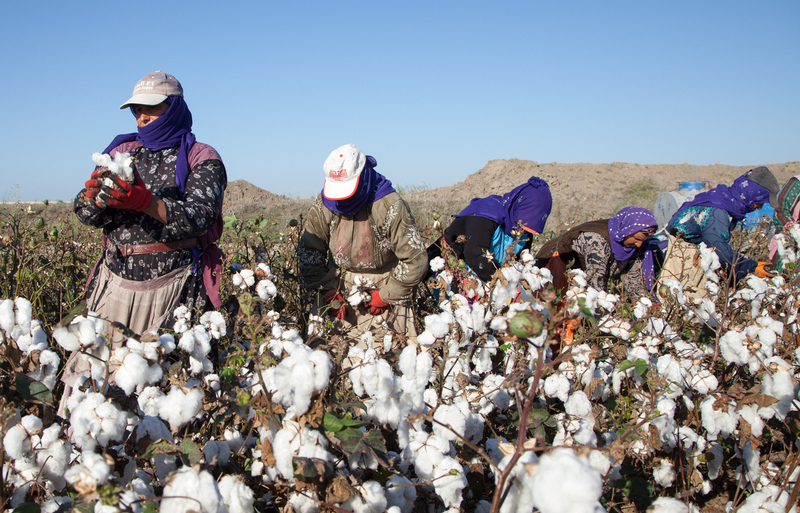
Vietnam and Pakistan are weaving new cotton threads: threads of trust, cooperation, and shared aspirations for prosperity.
The “cotton thread of the Indus” is more than a product, it is a symbol of endurance and renewal. Floods once swept it away, yet Pakistanis replanted just as Vietnamese farmers once sowed rice again on war-scarred fields. Now, the two peoples are spinning new threads of trust, cooperation, and shared prosperity embodied in the handshake between Ministers Nguyen Hong Dien and Jam Kamal Khan at the Vietnam-Pakistan Business Forum.
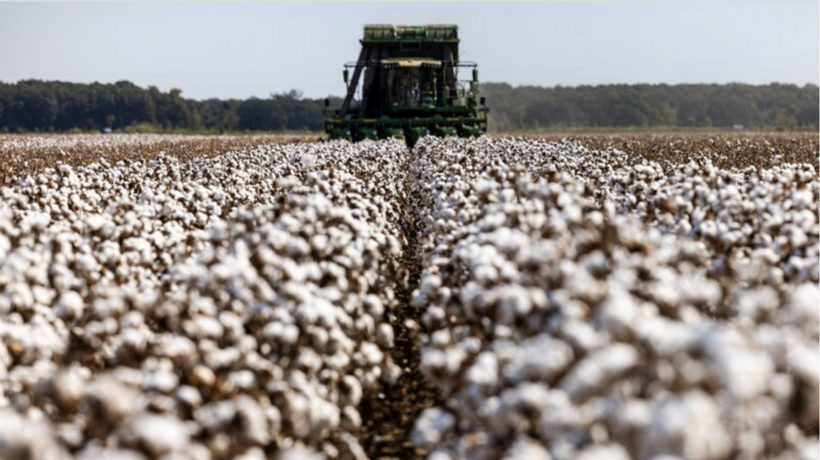
The “Indus River cotton” is not merely a product, but a symbol of resilience and the rebirth of Pakistan.
In a turbulent world, it is extraordinary that two nations thousands of kilometres apart can find unity in a single strand of cotton.
From the Indus today, perhaps future shipments will bear the label “Made in Vietnam-Pakistan Cooperation.” And within each thread will be the image of two peoples, who once suffered, who once rose again now weaving together a new future on Asia’s economic map.

19:05 | 23/03/2025 23:18 | 12/12/2025Tourism
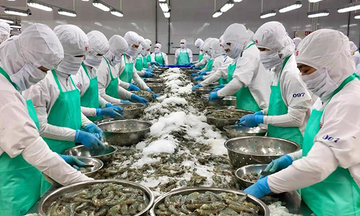
19:05 | 23/03/2025 23:04 | 12/12/2025Trade
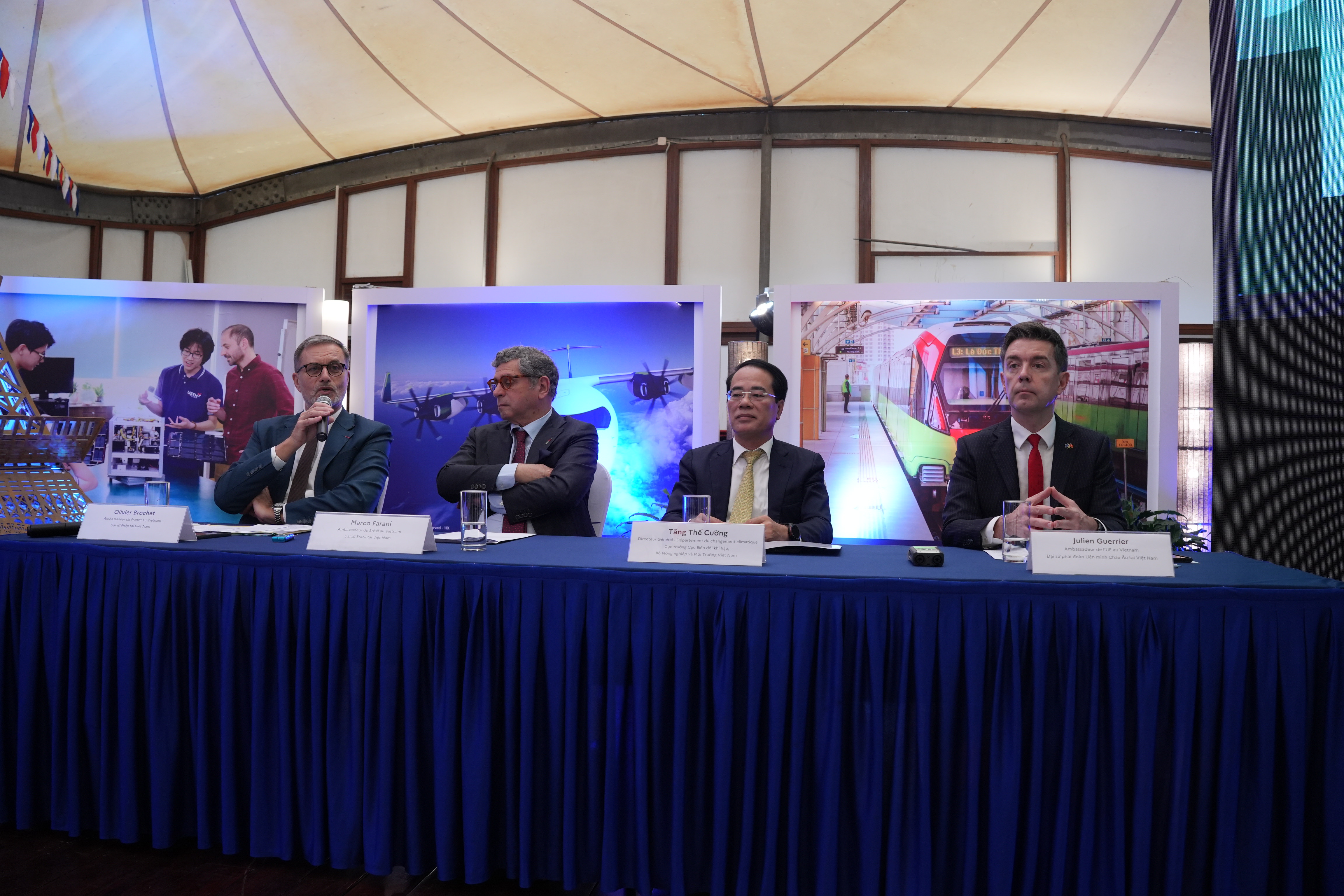
19:05 | 23/03/2025 23:00 | 12/12/2025Society
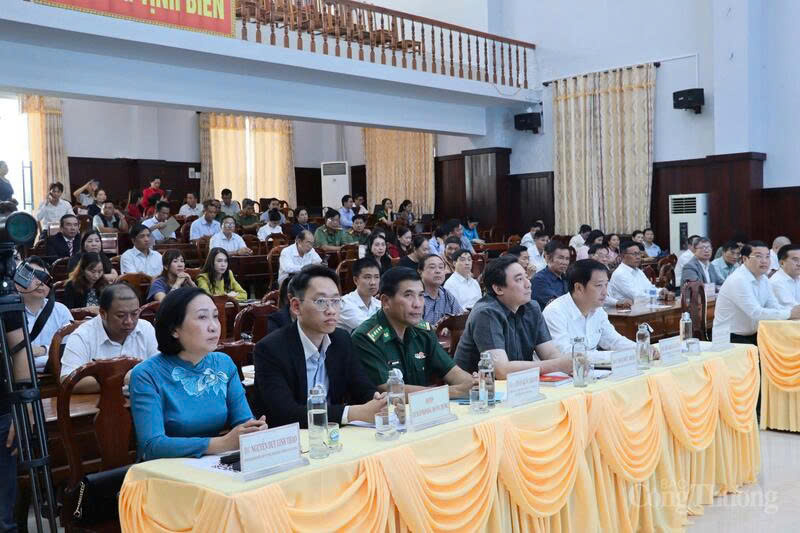
19:05 | 23/03/2025 19:39 | 12/12/2025Trade
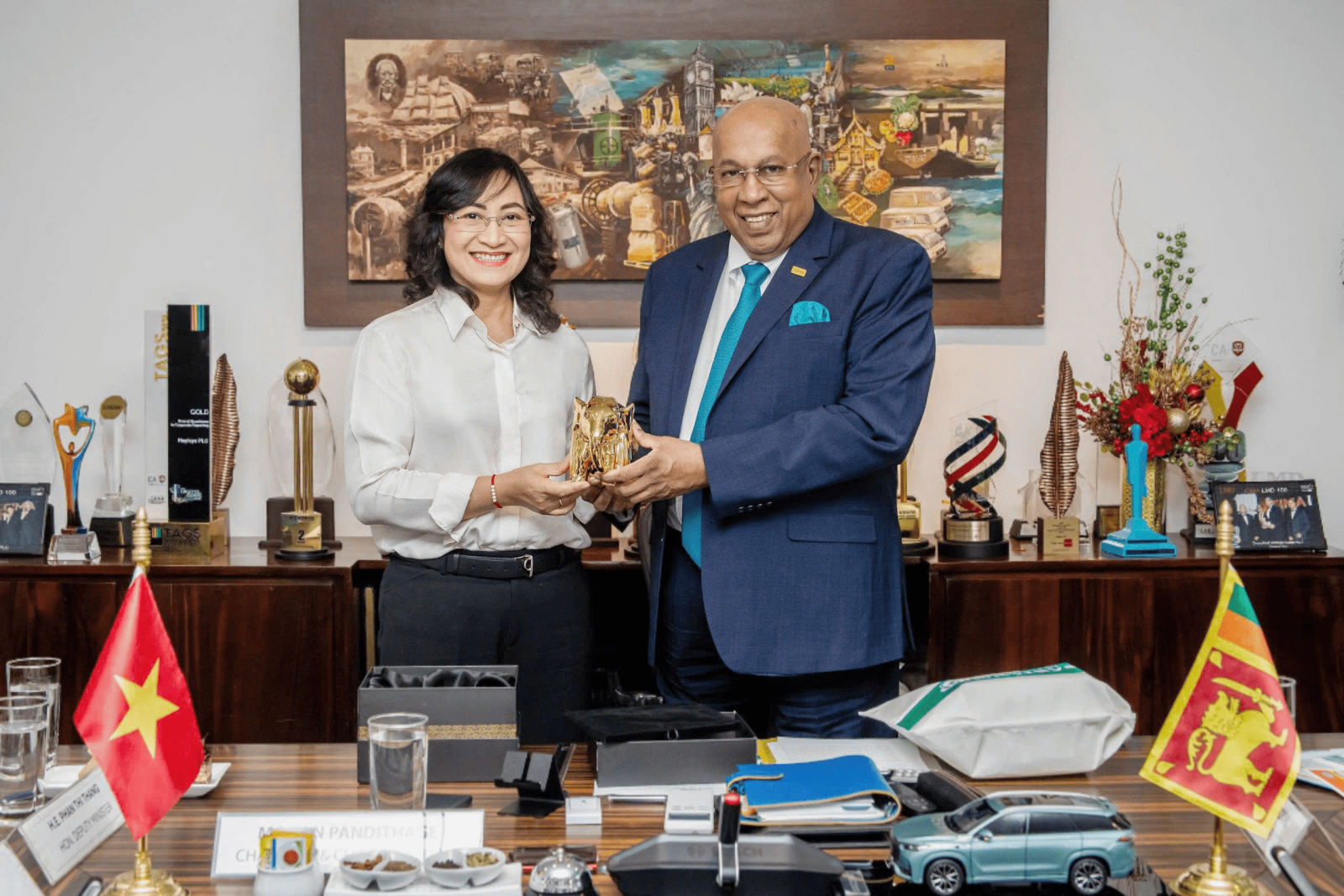
19:05 | 23/03/2025 19:37 | 12/12/2025News and Events